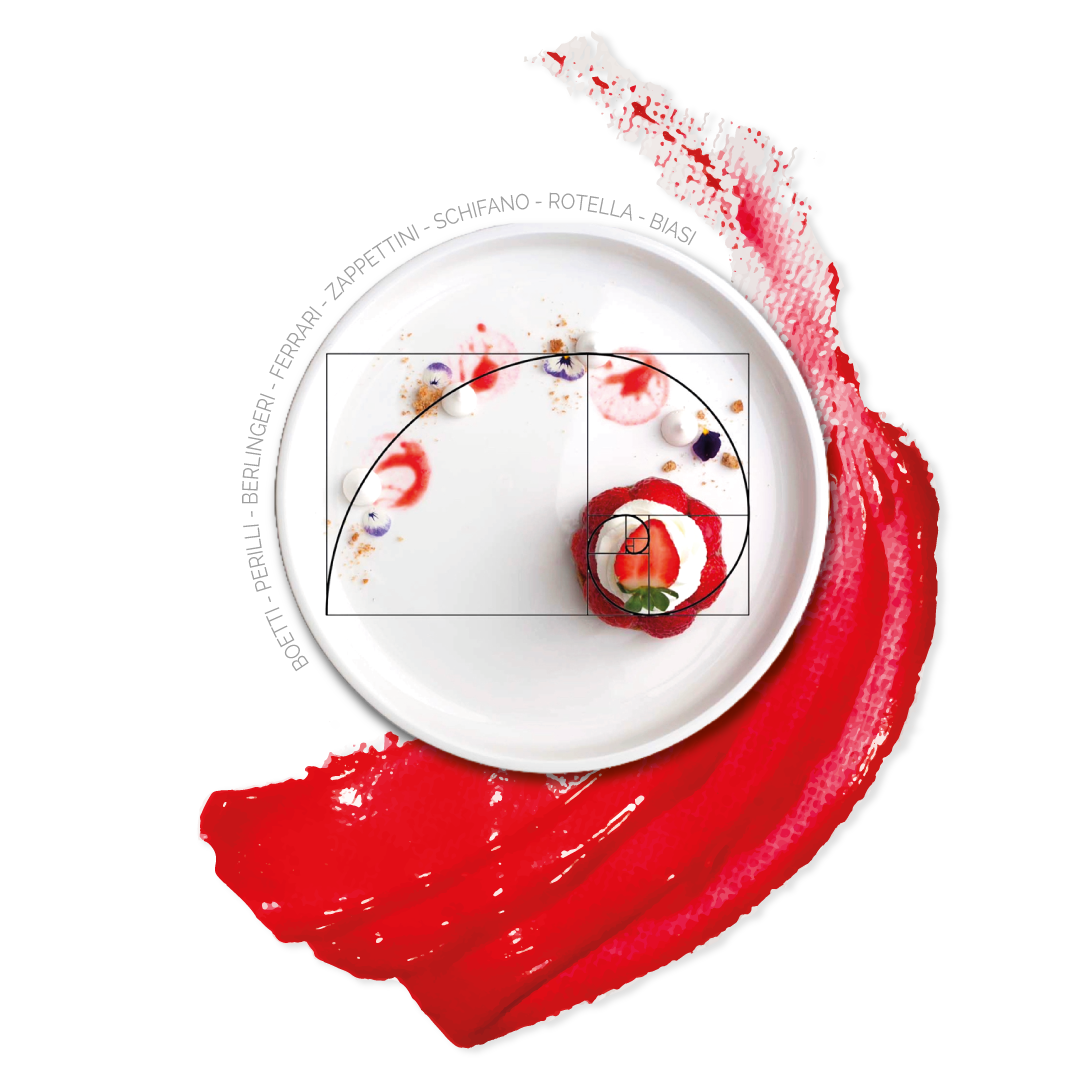
The great contemporary Italian artists and starred chefs
For a private exhibition
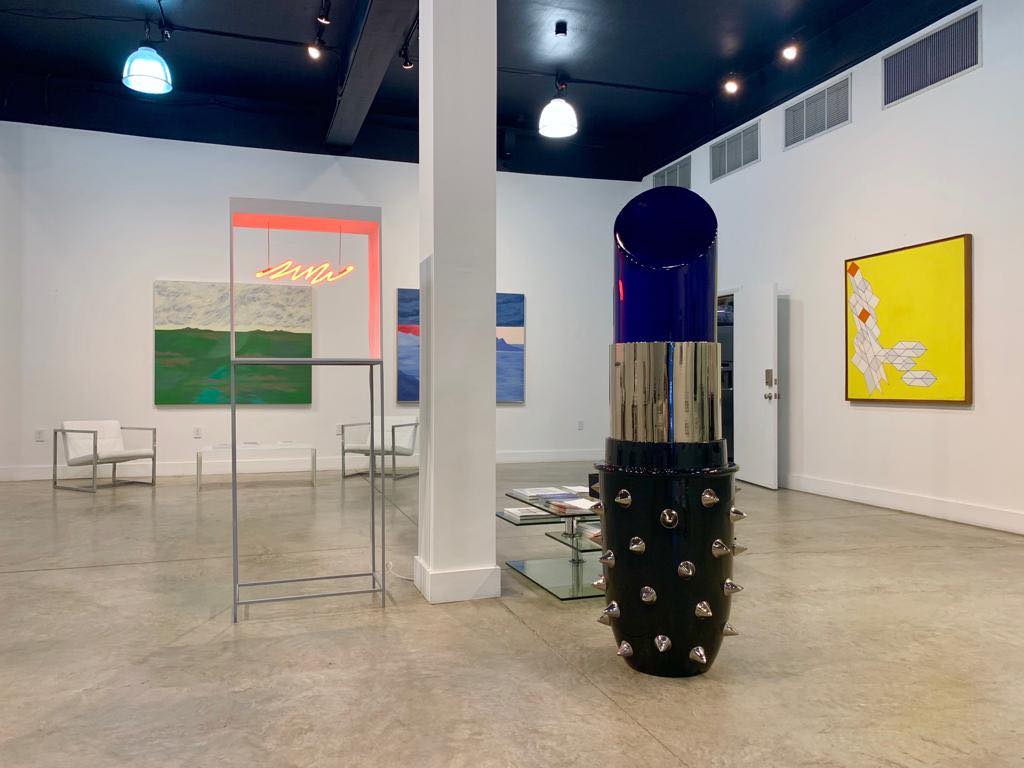
CHEFS
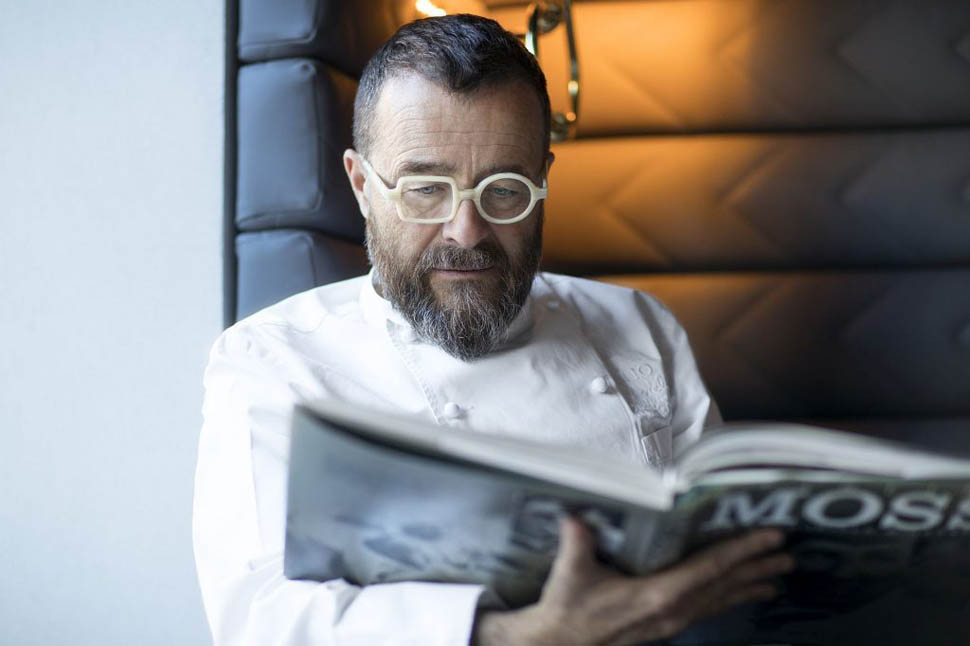
GIANCARLO MORELLI
Award-winning Chef and Entrepreneur
“Am I Generous?
I don’t know, for me it’s normal to make others happy,
especially with food.
Sharing, being together, laughing.
This is true luxury”
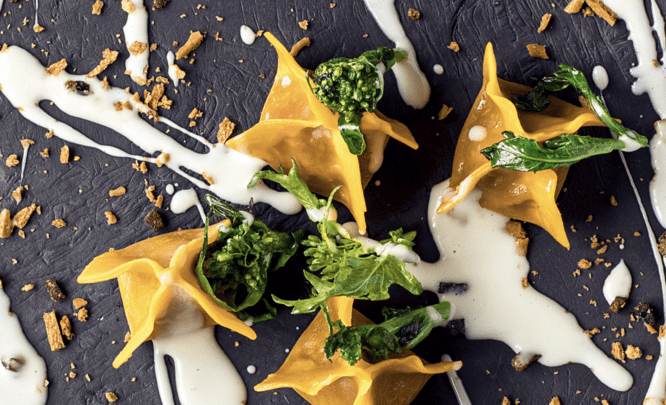
ROBERTO GRAZIOLI
Executive Chef at the Italian Embassy
“I try to give added value to what I do,
with education, correctness and friendliness.
The skills in this job are fundamental,
but it is the attitude with which you approach
it that makes the difference.”
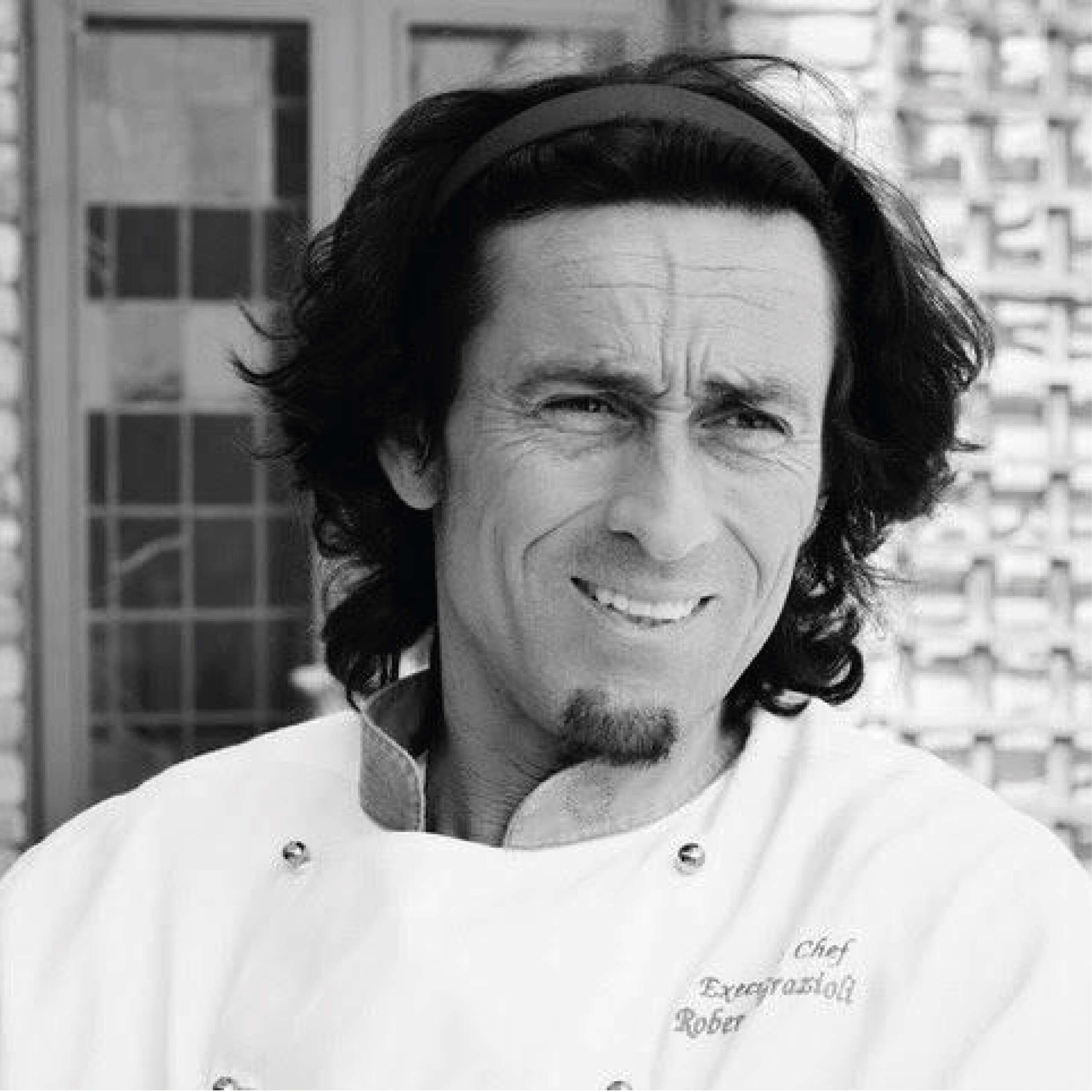
the artists
alIghiero boetti
Alighiero Boetti (1940-1994) Italian artist associated with the Arte Povera movement, known for his innovative and conceptual artistic practice. His career is marked by experimentation and continuous innovation, his work has influenced subsequent generations of artists.
Alighiero Boetti is recognized as a significant figure in contemporary art.
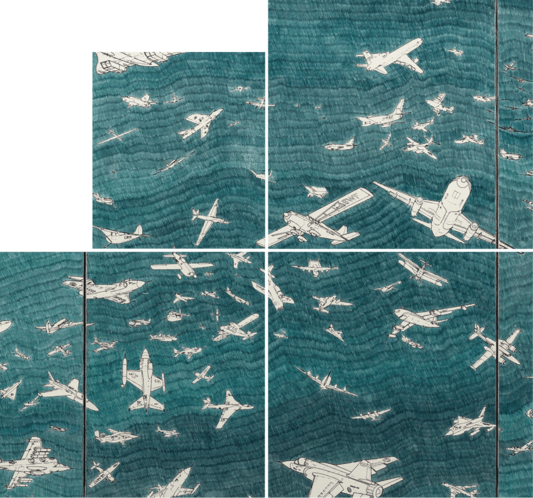
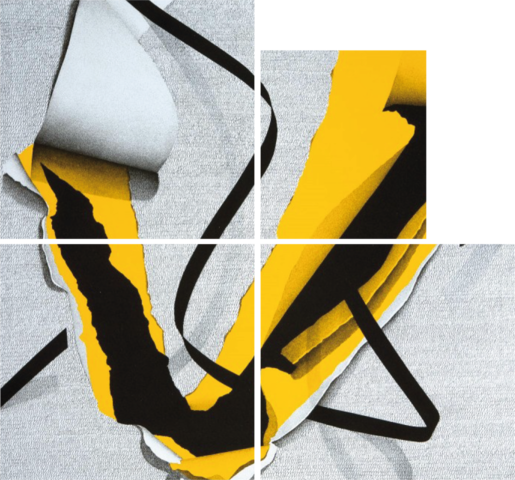
agostino ferrari
Agostino Ferrari was born in Milan on 9 November 1938. Attracted by the world of art since childhood, after completing scientific studies, he began working as a painter in 1959. The works of the early years, which Ferrari groups together with the terms Surrounding Nature, have as their object the landscape of the industrial outskirts of Milan at the end of the 1950s. In 2005, Ferrari was invited to the Quadrennial in Rome, an occasion for which he created a large work belonging to the series Beyond the Threshold, canvases whose characterizing element is a suggestive dark passage in the central part, an absolute black that in the the artist’s intentions represents.
mario schifano
Mario Schifano was an Italian painter and director. It represented a fundamental point of Italian and European Pop Art. Perfectly inserted into the international cultural panorama of the sixties, he was considered a prolific, exuberant artist. Passionate student of new painting techniques, he was among the first to use the computer to create works and managed to process images from the computer and transfer them onto emulsified canvases (the “computerized canvases”). The author’s prolificacy and the apparent simplicity of his works led to the diffusion of a large number of forgeries, especially after his death.
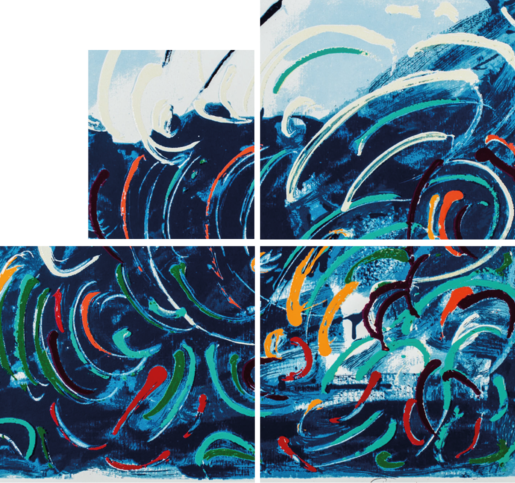
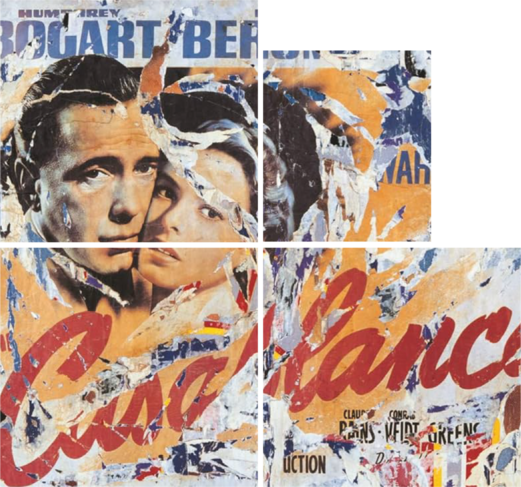
mimmo rotella
Mimmo Rotella was an Italian artist, considered one of the protagonists of the artistic scene of the second half of the 20th century. His figure is linked to the Nouveau Réalisme movement and international Pop Art. As an alternative expressive method in 1949 he invented “epistaltic” poetry: a set of words, even invented ones, whistles, sounds and onomatopoeic iterations. He later continued his research by creating the Artypo series, typographical print tests chosen and freely glued onto the canvas. In 1975 he created the first Plastiformes: torn posters placed on a polyurethane support.
achille perilli
Achille Perilli among the masters of Italian Abstractionism. In 1947, together with Carla Accardi, Ugo Attardi, Piero Consagra, Dorazio, Guerrini, Antonio Sanfilippo and Giulio Turcato, he was among the founders of the Forma 1 group: “it was the first abstract group in Italy – and in Europe – in the post-war period” , Perilli told us in a 2016 interview. His research and practice are characterized by the use and combination of geometric shapes and bright colors, with which Perilli experimented and investigated the pictorial medium.
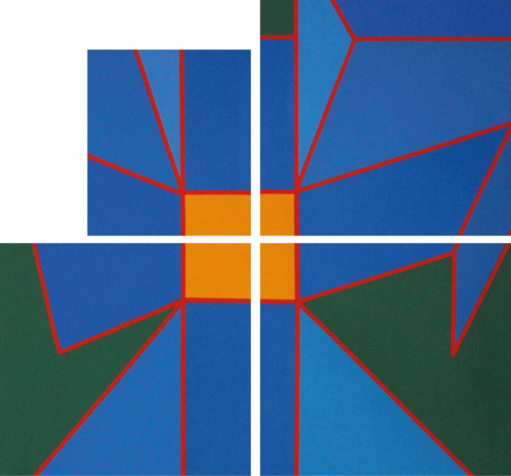
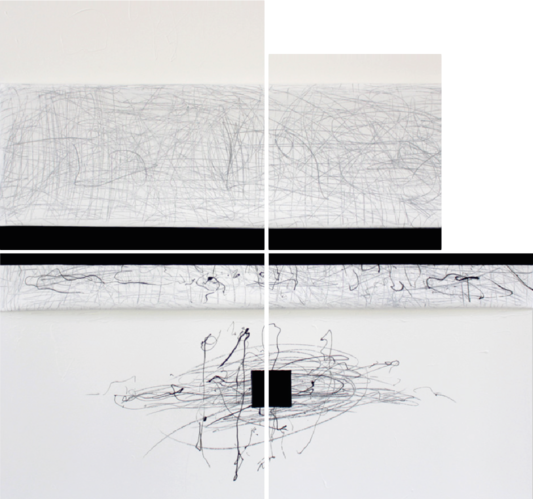
cesare berlingeri
Cesare Berlingeri began painting at a very young age. His activity for the theater is always accompanied and contaminated by his pictorial path, for which he uses atmospheric agents such as rain, wind, fire and materials such as lime, waste paper, cement and canvas. The works on display are mostly diptychs and triptychs made up of the juxtaposition of monochrome canvases with iron plates made with techniques such as natural pigments, enamels, acrylics and waxes.
gianfanco zappettini
In over 40 years of artistic activity, Zappettini has contributed to re-establishing the pictorial discipline and giving a new and elevated interpretation of the work process that orbits around analytical abstraction. Through his works he explores the ancestral meaning of pictorial practice, of the very nature of the discipline and of the elements that the artist has at his disposal. For Zappettini, the pictorial surface in particular, returns to being what it was originally, an “opaque” space, which does not reflect other worlds – external or internal – and refers to nothing other than itself and its intrinsic nature. essence.
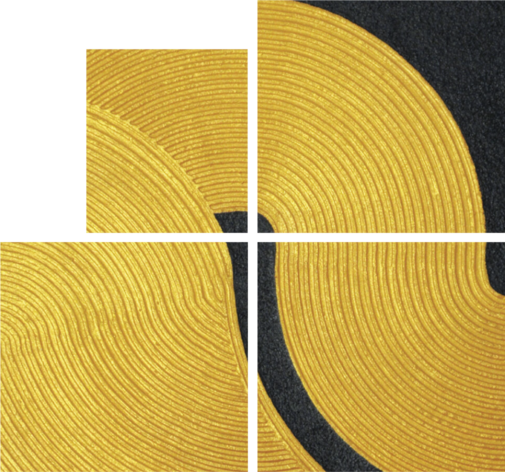
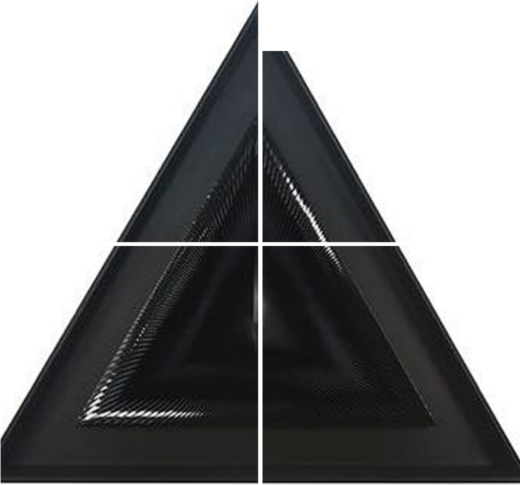
alberto biasi
From Alberto Biasi’s study of visual effects, the optical-dynamic reliefs were also born, created by superimposing two levels in which the first is made up of lamellar structures which, spaced apart, create segments from which the image of the second level emerges, often represented by linear or curved shapes. Only with the participation of the user’s gaze do these works release their dynamism and their continuous changeability. The same phenomenon occurs in the Torsions, which are also designed to “provoke” the eyes of those who look at them. Made with slats that converge towards the center, these works create an optical dynamism, which stimulates the observer to shift their point of view.
who we are

Davide Borrello
Communications Manager

MONICA MONTI
Operations Manager

FRANCO VALLI
Artistic Direct